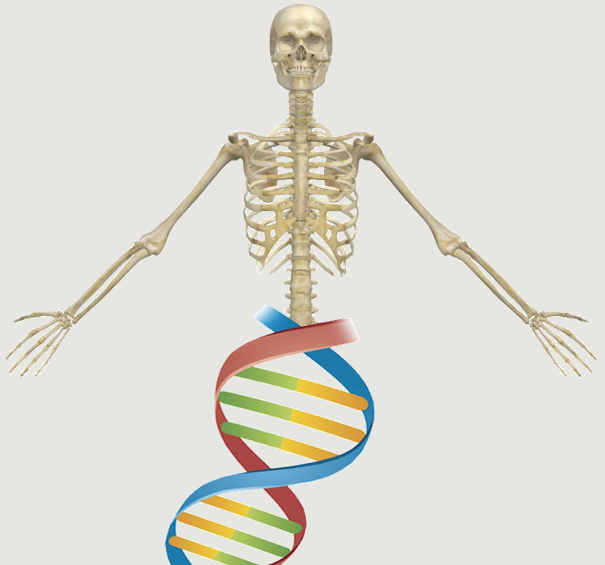Abstract:
In this study, a quantitative investigation of the microstructure and composition of field-caught marine Gasterosteus aculeatus (threespine stickleback) armor is presented, which provides useful phylogenetic information and insights into biomechanical function. Micro-computed tomography (microCT) was employed to create full three-dimensional images of the dorsal spines and basal plate, lateral plates, pelvic girdle and spines and to assess structural and compositional properties such as the spatial distribution of thickness (approximately 100-300 microm), the heterogeneous cross-sectional geometry (centrally thickened), plate-to-plate juncture and overlap (approximately 50% of the plate width), and bone mineral density (634-748 HA/cm(3)). The convolution of plate geometry in conjunction with plate-to-plate overlap allows a relatively constant armor thickness to be maintained throughout the assembly, promoting spatially homogeneous protection and thereby avoiding weakness at the armor unit interconnections. Plate-to-plate junctures act to register and join the plates while permitting compliance in sliding and rotation in selected directions. Mercury porosimetry was used to determine the pore size distribution and volume percent porosity of the lateral plates (20-35 vol.%) and spines (10-15 vol.%). SEM and microCT revealed a porous, sandwich-like cross-section beneficial for bending stiffness and strength at minimum weight. Back-scattered electron microscopy and energy dispersive X-ray analysis were utilized to quantify the weight percent mineral content (58-68%). Scanning electron microscopy and surface profilometry were used to characterize the interior and exterior surface topography (tubercles) of the lateral plates. The results obtained in this study are discussed in the context of mechanical function, performance, fitness, and survivability.
Notes:
Song, Juha Reichert, Steffen Kallai, Ilan Gazit, Dan Wund, Matthew Boyce, Mary C Ortiz, Christine eng Research Support, Non-U.S. Gov't Research Support, U.S. Gov't, Non-P.H.S. 2010/05/04 06:00 J Struct Biol. 2010 Sep;171(3):318-31. doi: 10.1016/j.jsb.2010.04.009. Epub 2010 Apr 28.
Website

